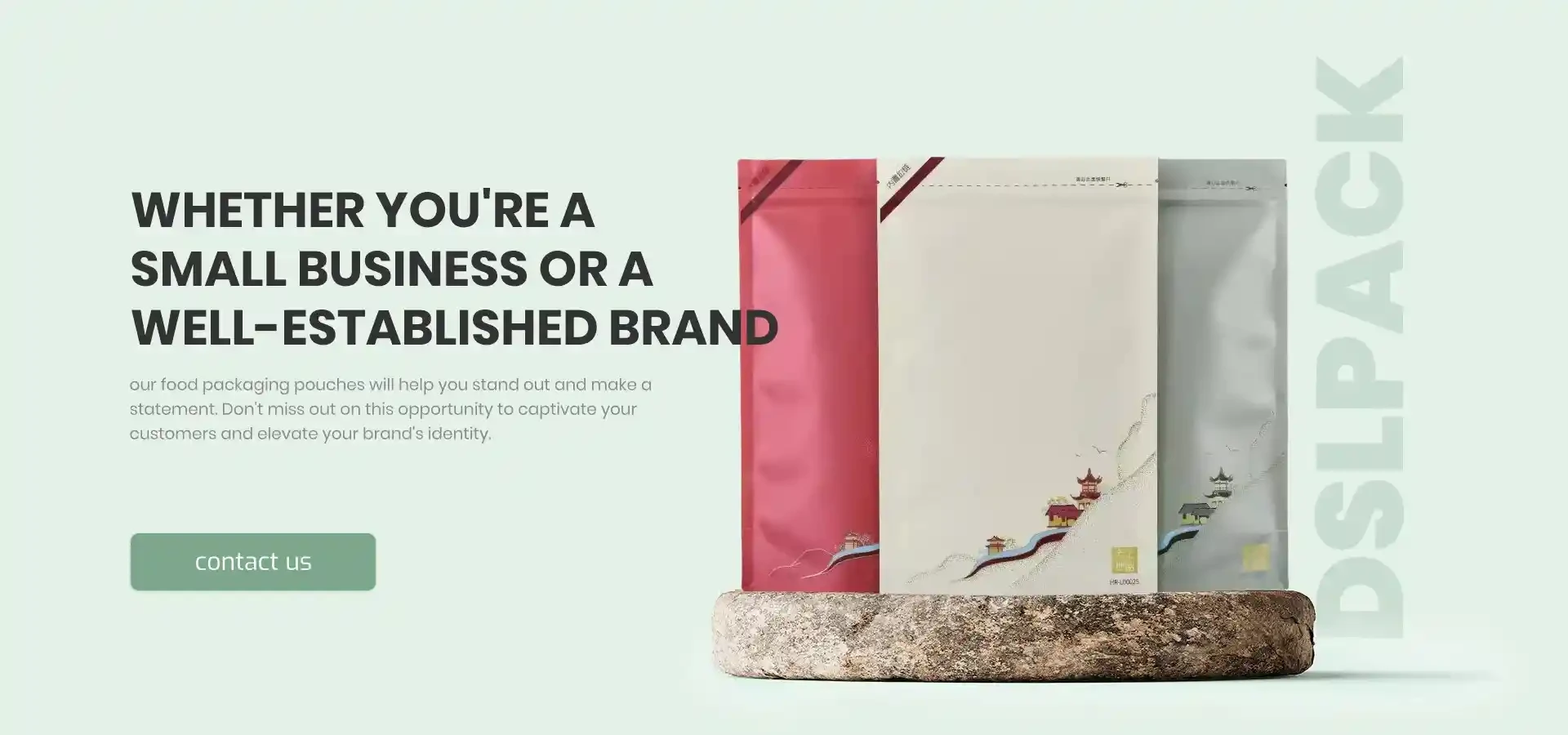- Afrikaans
- Albanian
- Amharic
- Arabic
- Armenian
- Azerbaijani
- Basque
- Belarusian
- Bengali
- Bosnian
- Bulgarian
- Catalan
- Cebuano
- chinese_simplified
- chinese_traditional
- Corsican
- Croatian
- Czech
- Danish
- Dutch
- English
- Esperanto
- Estonian
- Finnish
- French
- Frisian
- Galician
- Georgian
- German
- Greek
- Gujarati
- haitian_creole
- hausa
- hawaiian
- Hebrew
- Hindi
- Miao
- Hungarian
- Icelandic
- igbo
- Indonesian
- irish
- Italian
- Japanese
- Javanese
- Kannada
- kazakh
- Khmer
- Rwandese
- Korean
- Kurdish
- Kyrgyz
- Lao
- Latin
- Latvian
- Lithuanian
- Luxembourgish
- Macedonian
- Malgashi
- Malay
- Malayalam
- Maltese
- Maori
- Marathi
- Mongolian
- Myanmar
- Nepali
- Norwegian
- Norwegian
- Occitan
- Pashto
- Persian
- Polish
- Portuguese
- Punjabi
- Romanian
- Russian
- Samoan
- scottish-gaelic
- Serbian
- Sesotho
- Shona
- Sindhi
- Sinhala
- Slovak
- Slovenian
- Somali
- Spanish
- Sundanese
- Swahili
- Swedish
- Tagalog
- Tajik
- Tamil
- Tatar
- Telugu
- Thai
- Turkish
- Turkmen
- Ukrainian
- Urdu
- Uighur
- Uzbek
- Vietnamese
- Welsh
- Bantu
- Yiddish
- Yoruba
- Zulu
Exploring the Versatility and Benefits of Tyvek Material in Various Applications
Exploring the Versatility of Tyvek Material
Tyvek material, developed by Dupont in the 1960s, has become synonymous with innovation and versatility in various industries. This unique nonwoven fabric is composed of high-density polyethylene (HDPE) fibers, which are spunbonded to create a durable, lightweight, and water-resistant material. Its characteristics make Tyvek an excellent choice for applications ranging from construction to fashion, medical supplies, and beyond.
One of the most notable features of Tyvek is its strength. Despite being lightweight, Tyvek possesses remarkable tear resistance and durability. This makes it an ideal material for construction purposes, as it can withstand various environmental conditions, including wind, rain, and UV exposure. Builders often use Tyvek as a house wrap to protect homes from moisture and air infiltration while allowing water vapor to escape. This breathability helps prevent mold and mildew growth, which can compromise the integrity of the structure.
Exploring the Versatility of Tyvek Material
The medical industry has also embraced Tyvek for its sterile and protective qualities. The material is commonly used in the creation of medical packaging, such as pouches and wrappers for surgical instruments, due to its ability to maintain sterility. Tyvek’s leak-resistant properties ensure that medical devices and instruments remain free from contaminants, safeguarding patient health. Moreover, Tyvek's biocompatibility makes it suitable for direct contact with medical supplies, further solidifying its place in healthcare solutions.
tyvek material

Tyvek is not limited to conventional uses; it has also made headway into the fashion industry. Designers have started to experiment with Tyvek as a fabric for clothing and accessories, leveraging its unique texture and appearance. Fashion houses have created everything from avant-garde garments to functional items like bags and shoes using Tyvek. The material's ability to be printed on and its inherent water-resistant qualities have opened new avenues for creative expression, combining style with practicality.
In addition to its applications, Tyvek’s environmental impact is an essential aspect of its story. Made from polyethylene, Tyvek is recyclable, and efforts have been made to promote its recycling and repurposing. Companies are increasingly exploring ways to reclaim and recycle used Tyvek products to minimize waste. This aligns with the growing trend of sustainability in manufacturing and production, as businesses and consumers alike become more conscious of their environmental footprints.
Furthermore, Tyvek is a lightweight alternative to traditional materials, which can significantly reduce transportation emissions associated with shipping products. Its long lifespan and durability also contribute to sustainability, as fewer resources are needed for production and replacement over time. As industries continue to seek eco-friendly solutions, Tyvek's role as a sustainable material is likely to expand.
In conclusion, Tyvek material exemplifies versatility across a broad spectrum of applications, from construction and packaging to healthcare and fashion. Its unique properties of durability, lightweight nature, and water resistance make it invaluable in addressing modern challenges. As innovation continues, Tyvek is poised to adapt and thrive in an ever-evolving landscape, providing sustainable and effective solutions for diverse industries. Whether protecting a home, ensuring medical safety, or making a fashion statement, Tyvek remains a standout material that captures the essence of modern practicality and creativity.













